[postslug].js
import {PostData} from '../../data/postdata'
export async function getStaticProps({ params }) {
const posts = PostData.find((p) => p.slug === params.postslug);
return {
props: {
post: posts,
},
};
}
export async function getStaticPaths() {
const paths = PostData.map((post) => ({
params: { postslug: post.slug },
}));
return { paths, fallback: false };
}
const Post = ({post}) => {
// const router = useRouter();
// const slug = router.query.postslug;
// const post = PostData.find((post1) => post1.slug === slug);
return (
<>
{post.content}
</>
)
}
PostData.js
export const PostData = [
{
id: 1,
slug: "article-blog",
content: `<><main>
<div className="postpage">
<section className="article">
<article>
<h2>Google Chrome</h2>
<p>Google Chrome is a web browser developed by Google, released in 2008. Chrome is the world's most popular web browser today!</p>
</article>
<article>
<h2>Mozilla Firefox</h2>
<p>Mozilla Firefox is an open-source web browser developed by Mozilla. Firefox has been the second most popular web browser since January, 2018.</p>
</article>
<article>
<h2>Microsoft Edge</h2>
<p>Microsoft Edge is a web browser developed by Microsoft, released in 2015. Microsoft Edge replaced Internet Explorer.</p>
</article>
</section>
</div>
</main></>`
},
]
The code written in JSX Fragments is not rendering after fetching it. It is just displayed as it is written in an array of objects. Postdata.js file is containing an array of objects. I am trying to fetch the data of blog articles using getStaticProps and getStaticPaths.
